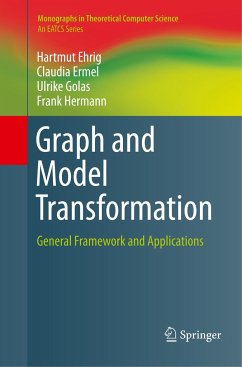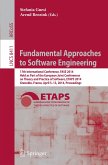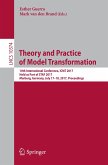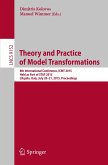This book is a comprehensive explanation of graph and model transformation. It contains a detailed introduction, including basic results and applications of the algebraic theory of graph transformations, and references to the historical context. Then in the main part the book contains detailed chapters on M-adhesive categories, M-adhesive transformation systems, and multi-amalgamated transformations, and model transformation based on triple graph grammars. In the final part of the book the authors examine application of the techniques in various domains, including chapters on case studies and tool support.
The book will be of interest to researchers and practitioners in the areas of theoretical computer science, software engineering, concurrent and distributed systems, and visual modelling.
The book will be of interest to researchers and practitioners in the areas of theoretical computer science, software engineering, concurrent and distributed systems, and visual modelling.
"The book is a comprehensive mathematical introduction to graph transformation and model transformations. ... I must say that the text is written in a clear and well-structured manner; as such, it can be a valuable addition to the bookshelf of any researcher from mathematics or theoretical computer science or those practitioners who develop parallel code for visual modeling." (Alexander Tzanov, Computing Reviews, computingreviews.com, October, 2016)
"The text is very coherent and uses a unified notation throughout. The language is easily understandable and examples and illustrations are generously used in all parts of the book. Any graduate of computer science should, in principle, be able to appreciate the contents of the book ... ." (Andreas Maletti, zbMATH 1341.68002, 2016)
"The text is very coherent and uses a unified notation throughout. The language is easily understandable and examples and illustrations are generously used in all parts of the book. Any graduate of computer science should, in principle, be able to appreciate the contents of the book ... ." (Andreas Maletti, zbMATH 1341.68002, 2016)








